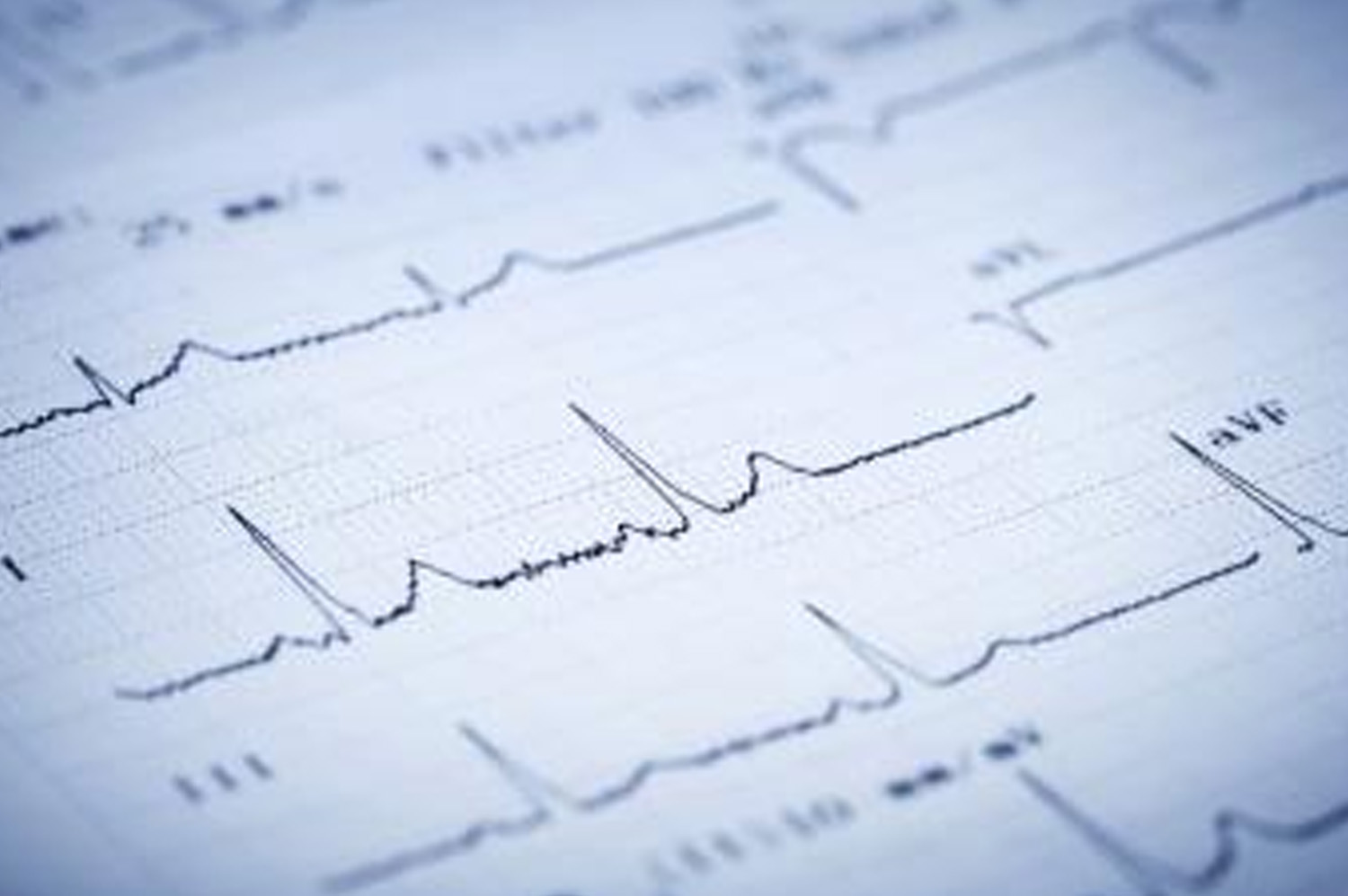Arrhythmia Diagnosis
They told me that my son has an arrhythmia. It is bad?
Arrhythmias are disturbances of rhythm or disturbances of the normal electrical conduction system of the heart. When an arrhythmia occurs, the heart rate and / or rhythm or the stimulus formation site are affected.
The basic diagnostic test that allows the study of arrhythmias is the electrocardiogram (EKG).
Arrhythmias can also appear during fetal life, childhood, or adolescence.
The heart rate of children is higher than that of adults:
- Infants range from 120-160 bpm.
- Preschool children between 100 and 120 bpm.
Similarly, teens and preteens may have lower heart rates than adults.
The most common childhood disorders do not usually require treatment, since they allow children to lead normal lives, without any restriction on physical activity or sports. However, in some cases, some serious arrhythmias may also occur.
Types of arrhythmias in childhood
Respiratory sinus arrhythmia. Very common in childhood and adolescents, it consists of the gradual acceleration and deceleration of the heart rate coinciding with the respiratory movements.
Respiratory sinus arrhythmia is a normal variant on the electrocardiogram of children. However, if there are any cardiovascular symptoms, a deliberate cardiac examination is recommended. Once a cardiac alteration has been ruled out, it does not require any treatment.
Arrhythmias are generally divided into two categories: ventricular and supraventricular. The irregular heartbeat may be too slow (bradycardia) or too fast (tachycardia).
Extrasystoles. They are early beats that originate in a different place than usual. There are two kinds:
Ventricular extrasystoles. Originated in the ventricles, they are usually detected in older children.
Supraventricular extrasystoles. Originated in the atria, they occur in neonates or during fetal life.
Extrasystoles are usually detected during cardiac auscultation or on an electrocardiogram. When diagnosing extrasystole, a complete cardiological study should be carried out to rule out functional or structural alterations. When the extrasystoles appear in a normal heart, they are usually not serious and it is only advisable to carry out periodic cardiological controls. Some patients have very frequent extrasystoles and their cardiologist will assess the use of any medication.
Supraventricular tachycardia. Excessively high heart rate. Uncommon and of greater importance.
Congenital complete atrioventricular block. Lower than normal heart rate. Uncommon and of greater importance.
Pediatric ECG: normal values for age.
| Age | FC | Axe QRS | inter PR | Inter QRS | R V1 | S V1 | R V6 | S V6 |
| 1 week | 90 – 160 | 60 – 180 | 0.08 – 0.15 | 0.03 – 0.08 | 5 – 26 | 0 – 23 | 0 – 12 | 0 – 10 |
| 1 – 3 week | 100 – 180 | 45 – 160 | 0.08 – 0.15 | 0.03 – 0.08 | 3 – 21 | 0 – 16 | 2 – 16 | 0 – 10 |
| 1 – 2 month | 120 – 180 | 30 – 135 | 0.08 – 0.15 | 0.03 – 0.08 | 3 – 18 | 0 – 15 | 5 – 21 | 0 – 10 |
| 3 – 5 month | 105 – 185 | 0 – 135 | 0.08 – 0.15 | 0.03 – 0.08 | 3 – 20 | 0 – 15 | 6 – 22 | 0 – 10 |
| 6 – 11 month | 110 – 170 | 0 – 135 | 0.07 – 0.16 | 0.03 – 0.08 | 2 – 20 | 0.5 – 20 | 6 – 23 | 0 – 7 |
| 1 – 2 yr | 90 – 165 | 0 – 110 | 0.08 – 0.16 | 0.03 – 0.08 | 2 – 18 | 0.5 – 21 | 6 – 23 | 0 – 7 |
| 3 – 4 yr | 70 – 140 | 0 – 110 | 0.09 – 0.17 | 0.04 – 0.08 | 1 – 18 | 0.5 – 21 | 4 – 24 | 0 – 5 |
| 5 – 7 yr | 65 – 140 | 0 – 110 | 0.09 – 0.17 | 0.04 – 0.08 | 0.5 – 14 | 0.5 – 24 | 4 – 26 | 0 – 4 |
| 8 – 11 yr | 60 – 130 | 15 – 110 | 0.09 – 0.17 | 0.04 – 0.09 | 0 – 14 | 0.5 – 25 | 4 – 25 | 0 – 4 |
| 12 – 15 yr | 65 – 130 | 15 – 110 | 0.09 – 0.18 | 0.04 – 0.09 | 0 – 14 | 0.5 – 21 | 4 – 25 | 0 – 4 |
| > 16 yr | 50 – 120 | 15 – 110 | 0.12 – 0.20 | 0.05 – 0.10 | 0 – 14 | 0.5 – 23 | 4 – 21 | 0 – 4 |
| Fc: beats / min; QRS axis: degrees; PR and QRS interval in sec; R in V1, V6, S in V1 and V6 in mm. | ||||||||
The measurements of the electrocardiographic variables vary in relation to age.
FETAL ARRHYTHMIAS
Arrhythmias in the fetal stage are a relatively frequent finding, occurring in up to 2% of pregnancies. The vast majority (90%) are benign and tend to spontaneous resolution. Less than 10% of arrhythmias may pose a potential risk.
Fetal arrhythmias are classified into 3 types:
1.- Irregular rhythms
2.- Tachycardias (FC> 180 / min and generally> 230-240 / min)
3.- Bradycardias (HR <100 / min)
After birth, the diagnostic technique par excellence (gold standard) is the electrocardiogram. Unfortunately an EKG in the fetal stage is not possible


